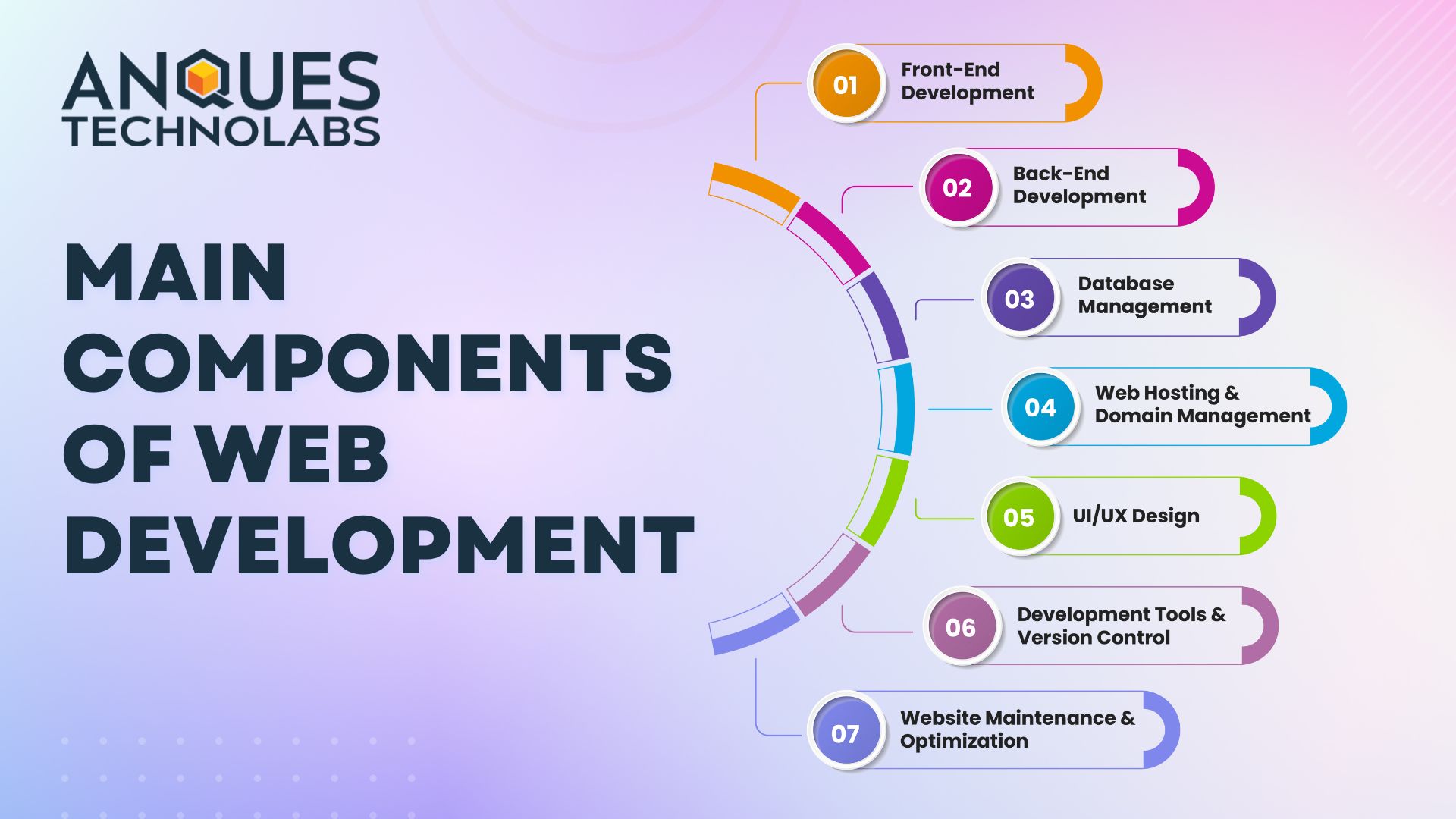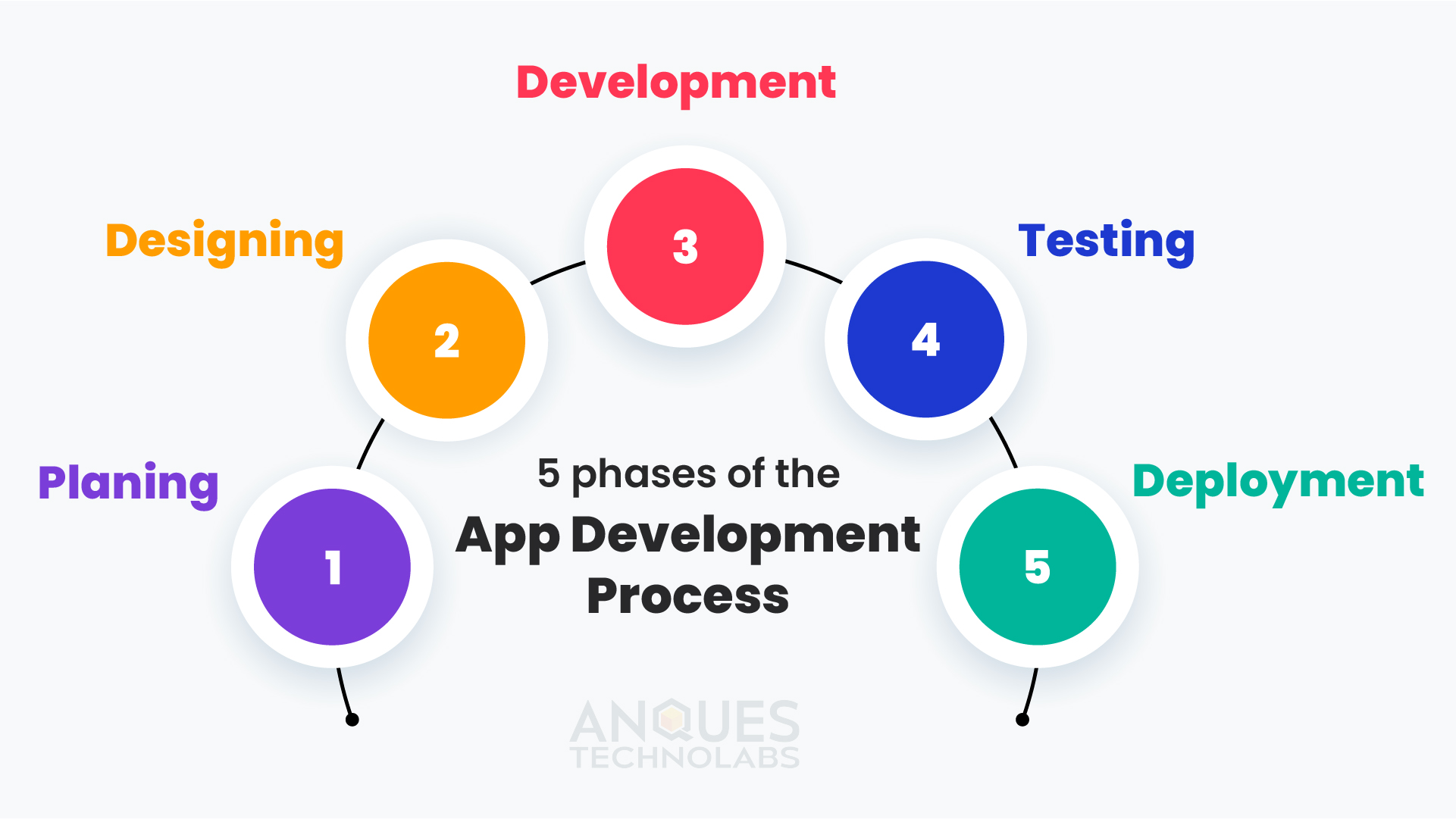
Ecommerce stores have become the driving force behind the growth of many businesses. If you are looking to build a strong online presence, an eCommerce store can help you succeed in ways that your website simply cannot do on its own. The right eCommerce website development process will be able to give your business the tools it needs to manage its inventory, generate new leads, and grow as a business.
When it comes to custom eCommerce website development, there are a number of things that you will want to consider. In this article, we’ll take a look at several key points that you should consider when developing your new website.
1. Website security
As an eCommerce site, you accept payments online. Knowing this means that you need a server that is fully SSL compliant. It is also important to ensure overall data security for the entire server. This protects both your business and all your valued customers.
Customers must have confidence in handing over their payment information, and that information must be effectively secured.
2. Optimization before and during eCommerce website development
According to a Google study, visitors are 90% more likely to bounce if a page takes up to 5 seconds to load. This is another reason to consider optimizing your site to maintain the best performance.
The purpose of SEO is to increase sales by using different strategies and techniques to rank high in search engines. Part of this is adding keywords to the content you add to your site and adding meta-information about the page title, description and images. Many experts forget that customers can find you by image search, but only if you add an “alternative” description to your visual content.
Websites need to be launched with all the meta tags they need, but SEO specialists can organize page structures and internal links, create content strategies, create mobile-friendly designs, improve load speed, and more.
3. Search and filtering functionality
According to statistics, 30% of e-commerce website visitors use internal searches to find the product they are looking for. Therefore, it is important that the search function is available and easy to use. It’s also wise to use features such as autocomplete to help users find popular products related to your search.
Filtering is another way to help users find their products. This feature allows you to refine your search in a variety of ways including category, size, price range, and manufacturer.
4. Payment options
An online store is incomplete until there are payment methods. This is an important step in converting site visitors into buyers. These gateways connect users directly to PayPal, Apple, and Google Pay. There should also be space for credit and debit card payments. The upfront option is something you might consider depending on your business model.
5. Shipping rates
50% of shoppers dump their shopping carts due to unexpected shipping charges. It could be that they are unaware of the rates or had anticipated a lower amount, or that there are additional fees.
If you don’t offer free shipping, full information regarding shipping alternatives and pricing should be available in the menu with a link on each product page.
6. CMS integration
All of your visual and written content, as well as your marketing paperwork, can be stored and managed in one place with a content management system (CMS). You can modify or add new information, and once published, the changes will be automatically reflected on the website. A content management system (CMS) can also assist your personnel in responding quickly to client tickets.
PrestaShop, OpenCart, or Magento are examples of ready-made solutions. You can integrate these features into your website code because they are open-source.
7. Mobile-friendly and responsive eCommerce website
Google prefers mobile-friendly websites and ranks them at the top of search engine results pages, reducing the appearance and visibility of sites that are not mobile-friendly.
Therefore, you should focus on creating responsive websites that automatically adapt to screen sizes and provide the same UX on every device. Shopify or Magento’s built-in websites are automatically mobile-friendly, however, if you’re using a custom-built template, just check if it works seamlessly on tablets or mobile phones or not.
8. Design a website that matches the product you are selling
The color design of your website should complement and match the things you sell. For example, if you’re creating an eCommerce website for gaming or fandom-related merchandise, the typeface or background you choose should be self-explanatory of the wide range of products available.
Green, yellow, and purple colors stimulate appetite, making them ideal for food-related eCommerce. There should also be a lot of white space so that the site design and the cuisine don’t clash.
9. A well-designed shopping cart
A well-designed shopping cart is a must for any online store. The shopping cart is the first checkout screen on most e-commerce sites. In most cases, the shopping cart is displayed as a list or a matrix. The goal is to quickly and efficiently remind customers of the products they have selected, give them the opportunity to make changes, and let them know about any additional products they may like.
Most carts have a few common elements:
- Product names
- Descriptions
- Product price
- Total cost of all goods in the cart
- Product thumbnails
- Quantity box
10. Appropriate product description and presentation
There are various formats for customizing product and variant descriptions. Appropriate product descriptions, along with images and categories, are very important in capturing the attention of consumers.
11. Feedback
Customer feedback is always helpful in increasing the credibility of your website. So think about how to get it and display it. This may be an option for written reviews or product unpacking, or for customers to add video reviews or product images to the site. In addition, on the main page, you can set up a comment carousel with links to reviewed products.
12. Social media integration
Social media is a powerful tool for promoting your business online. The e-commerce solution you want to implement must-have social media capabilities so that your product or service gets relevant comments on various social networks such as YouTube, Facebook, Twitter, and Instagram.
Remember that customers use social media a lot for online shopping and discussion of products and brands. Write product reviews about your shopping experience on various social networks, recommend products to your contacts, and add items to your shopping cart based on recommendations from your social contacts. So, using social media tools on your website makes it easier for customers to talk about your products and services on social media.
Conclusion:
In this article, you’ve learned about several important aspects that you should take into consideration when developing an eCommerce website. However, by keeping this information in mind, you will be able to develop the best and most useful website possible for your online store.
We hope you enjoyed this post on custom eCommerce website development. Contact our team for insight into the development process if you decide to build a high-functioning web store.
Continue read: Doctor On-Demand App Development- Future Of Healthcare App













